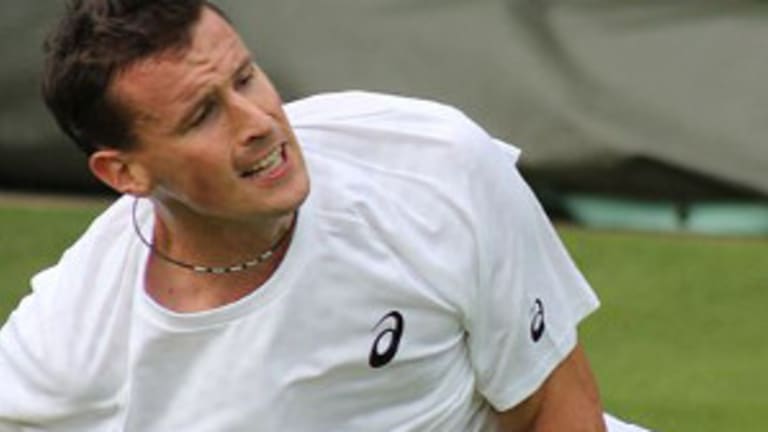The role statistics play in the lives of tennis fans may not approach that of typical baseball fans, but one of the great changes brought about by the Open era has been an ever-growing emphasis on and use of stats.
This hasn’t happened merely because the game became a professional enterprise. It’s also because of the consolidation of events and tours, and the voracious appetite of the media. Back when Open tennis first began to find a home on television screens around the world, tennis statistics consisted only of saved draw sheets. We had the scores of matches, and little else.
Two entities with American roots helped jumpstart the statistics industry in tennis: the World Championship Tennis tour (proto-ATP), and the Virginia Slims tour (WTA). Both professional circuits consisted of linked tournaments leading to a grand finale—the WCT Finals in Dallas, and the Virginia Slims Championships in New York City. Suddenly, it became important to know and broadcast a player’s recent results—if not his or her first-serve conversion or backhand winners rate.
A statistical infrastructure began to develop, and as television began to play an increasingly important role in the growth of the game, the need to service commentators with precise, accurate, useful information became critical. Over time, the tennis statistician became an indispensable part of the game, perhaps none more so than today. Let’s take a look at some basic as well as complex statistics generated by the record-keepers of the ATP tour in 2013:
Iron Man
This is an interesting and telling statistic because of the way a player’s ranking is determined by his best 18 events. Roger Federer played the fewest number of tournaments among Top 10 players (19). World No. 8 Stanislas Wawrinka and No. 9 Richard Gasquet played the most (25), one more than either No. 3 David Ferrer or No. 7 Tomas Berdych (I’m not counting no. 4 Andy Murray, who pulled the plug on his year prematurely with 19 events in the bag).
Of course, the pros who competed most frequently have a greater number of tournaments from which to cull their rankings. This year, Pablo Carrena Busta won the ATP Most Improved Player award after improving his ranking an amazing 651 places, from somewhere deep in the 700s all the way up to No. 64. Busta played 110 matches (he had a winning streak of 39 matches in just 77 days) and finished 92-18—that’s almost 50 percent more wins than Ferrer posted for the year.
Busta played in 29 events, but he wasn’t even the tour leader among Top 100 players in that category. That honor went to No. 47 Lukas Rosol, who played 33 tournaments.

